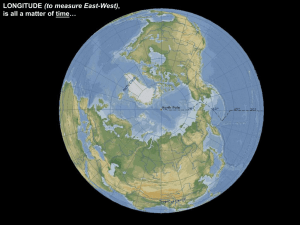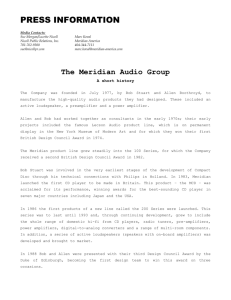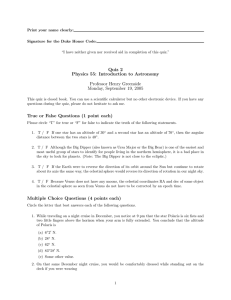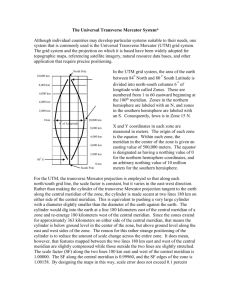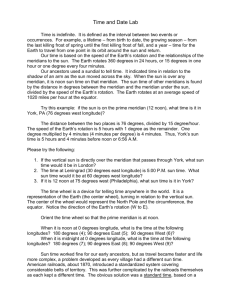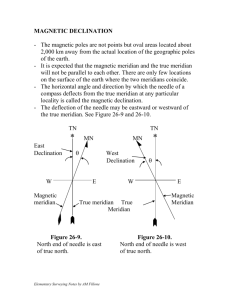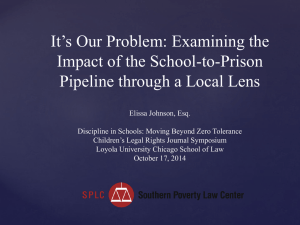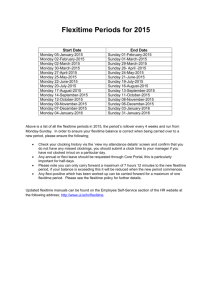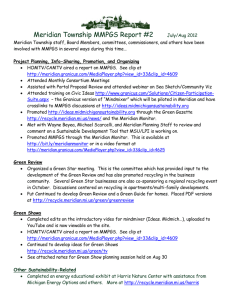APHG CH 1 - RunningStart Forms
advertisement
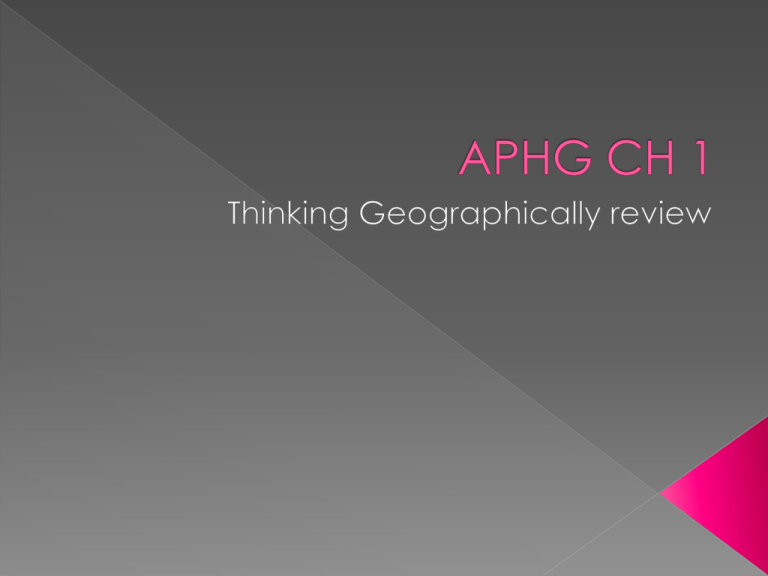
A) demography. B) cartography. C) topography. D) geomorphology. E) meteorology A) demography. B) cartography. C) topography. D) geomorphology. E) meteorology A) 1 B) 2,000 C) 2,400 D) 24,000 E) 240,000 A) 1 B) 2,000 C) 2,400 D) 24,000 E) 240,000 A) world B) continent C) state D) city E) county A) world B) continent C) state D) city E) county T F T F T F T F T F T F A:Dike B: Polder C: Ecumene D: Region A:Dike B: Polder C: Ecumene D: Region T F T F T F T F T F T F A: Frequency B: Physiological Density C: density D:Agricultural Density E: Concentration A: Frequency B: Physiological Density C: density D:Agricultural Density E) Concentration A) 3 A.M. Sunday B) 11 P.M. Sunday C) 3 A.M. Monday D) 11 P.M. Monday E) 10 P.M. Sunday A) 3 A.M. Sunday B) 11 P.M. Sunday C) 3 A.M. Monday D) 11 P.M. Monday E) 10 P.M. Sunday A) Every meridian is actually a circle rather than a line. B) Every meridian is the same length and has the same beginning and end. C) Every parallel begins and ends at the poles. D) Every parallel is the same length. E) Every meridian is distorted by magnetic declination A) Every meridian is actually a circle rather than a line. B) Every meridian is the same length and has the same beginning and end. C) Every parallel begins and ends at the poles. D) Every parallel is the same length. E) Every meridian is distorted by magnetic declination A) location relative to other objects. B) mathematical location on Earth's surface. C) nominal location. D) unique physical characteristics. E) primary dimensions A) location relative to other objects. B) mathematical location on Earth's surface. C) nominal location. D) unique physical characteristics. E) primary dimensions A) GIS. B) GPS. C) remote sensing. D) USGS. E) topographic analysis A) GIS. B) GPS. C) remote sensing. D) USGS. E) topographic analysis A) the physical environment causes social development. B) the physical environment sets limits on human actions. C) people can adjust to the physical environment. D) people can choose a course of action from many alternatives offered by the physical environment. E) people determine their physical environment A) the physical environment causes social development. B) the physical environment sets limits on human actions. C) people can adjust to the physical environment. D) people can choose a course of action from many alternatives offered by the physical environment. E) people determine their physical environment A) uniform consumption preferences. B) enhanced communications. C) unequal access to cultural elements. D) maintaining local traditions. E) uniformity of cultural beliefs and forms. A) uniform consumption preferences. B) enhanced communications. C) unequal access to cultural elements. D) maintaining local traditions. E) uniformity of cultural beliefs and forms.
